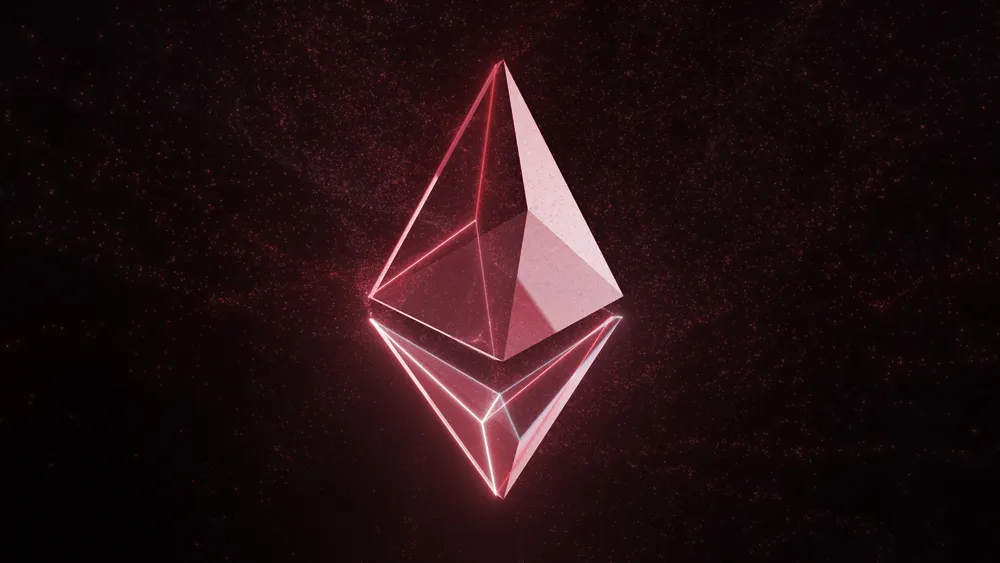The Ethereum Foundation got a step closer to deploying Ethereum 2.0 and has been using “shadow forks” to make its testnet more closely resemble the Ethereum mainnet.
Over the weekend, Ethereum DevOps engineer Parathi Jayanathi said on Twitter that the team had done three shadow forks of the Goerli testnet, finding “bugs varying from sync code to request timeout” in the process.
“We’re very close to a historical event. We’re testing PoS on #Ethereum,” Marius Van Der Wijden, an Ethereum software developer, said on Twitter this morning. “Today will be the first mainnet shadow fork ever.”
A “shadow fork” is a term that refers to the copying of data from a mainnet network, in this case the Ethereum blockchain, to a testnet, where developers can test features before deploying their work to the main network. In doing so, Ethereum engineers have made their test environment more closely resemble the mainnet that’s processing well over 1 billion transactions per day.
As of this writing, the new Ethereum shadow fork network had processed 1.8 million transactions with an average block time of 13.8 seconds.
It’s a big milestone as Ethereum developers get closer to transitioning the mainnet itself from a proof-of-work to proof-of-stake consensus model.
The Bitcoin network uses the proof-of-work model and has often been criticized for the amount of energy required for Bitcoin miners to compete with one another to validate transactions. Meanwhile, the Ethereum Foundation has repeatedly said that its transition to a proof-of-stake model will dramatically cut the energy demands on “stakers,” or network validators.
The Ethereum 2.0 upgrade has been in the works for a long time. The first phase, called the Beacon Chain, went live on Dec. 1, 2020. The next phase, called The Merge, is still in the works and expected to be completed “by Q2 or possibly slipping into Q3,” ConsenSys CEO and Ethereum co-founder Joe Lubin, told Decrypt at the Camp Ethereal event in Wyoming last month.

